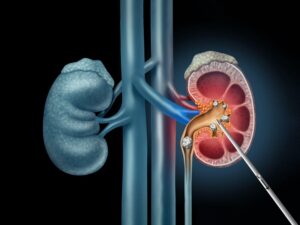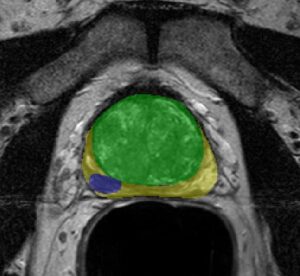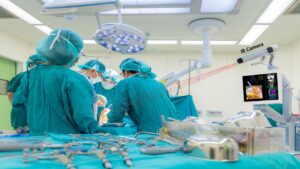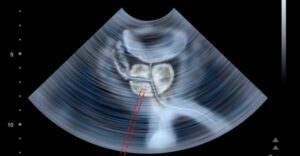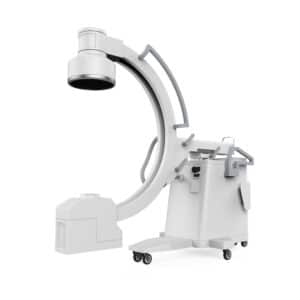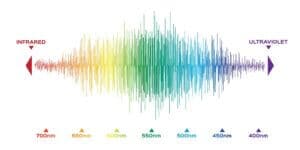One of the theoretically simplest applications in automatic driving technologies is traffic lanes detection: however, due to the need of a very robust solution to insure the safety of travelers under any road, weather and light condition, even a simple application presents challenges which need to be addressed. In the following demo, we see the example of a lanes detection system which recognizes the meaningful boundaries and uses them to recognize when the car is moving from its position within a lane towards one of the lines which delimitate it.
Lane lines are clearly detected and the system knows with perfect certainty when the car is approaching one of them, when it is crossing it and when it drives on a different lane then the one it came from. The challenges deriving from this kind of images can take multiple form: bad weather and even sunshine can make it more difficult to detect the lines; in addition, these lines are generally dashed, hence the need for keeping track of it even where the line is interrupted; finally, detect the position of a line even when another vehicle or any other obstacles prevent the camera from seeing it, in full or in part.
The system needs to be perfectly calibrated in order never to loose contact with the ideal straight lines delimitating both sides of the lane, regardless of weather or traffic conditions. There is no need for more than one camera, in order to make this camera calibration system robust enough. The algorithm takes into account the perspective given by the incoming images and exploits the properties of vanishing points, computed by identifying the two parallel lines. Knowing at every single moment the width of the lane leaves the developer with a relatively simple geometric problem to resolve.
As a result, the system knows when the car (either driver or driverless) is deviating from its lane, voluntarily or not: this machine learning based solution is very robust, as obviously required by safety standards. RSIP Vision works on several ADAS-related projects, generally more complex than traffic lanes detection. If you want help solving the challenges of your application, contact our consultants and read about our Advanced Driver Assistance Systems work.
The system needs to be perfectly calibrated in order never to loose contact with the ideal straight lines delimitating both sides of the lane, regardless of weather or traffic conditions. There is no need for more than one camera, in order to make this camera calibration system robust enough. The algorithm takes into account the perspective given by the incoming images and exploits the properties of vanishing points, computed by identifying the two parallel lines. Knowing at every single moment the width of the lane leaves the developer with a relatively simple geometric problem to resolve.
As a result, the system knows when the car (either driver or driverless) is deviating from its lane, voluntarily or not: this machine learning based solution is very robust, as obviously required by safety standards. RSIP Vision works on several ADAS-related projects, generally more complex than traffic lanes detection. If you want help solving the challenges of your application, contact our consultants and read about our Advanced Driver Assistance Systems work.

